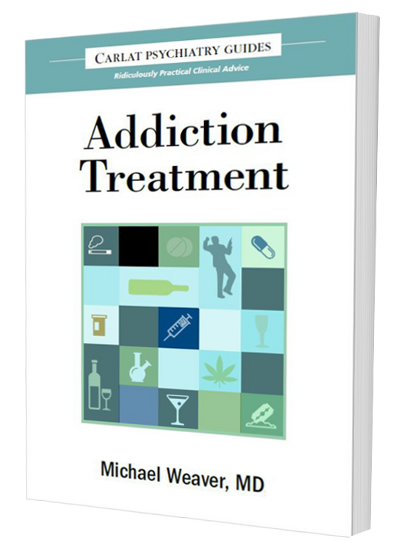 According to an anonymous source, ACCME’s newly proposed “Commercial Support Free CME” did not arise directly from ACCME. Rather, the idea was hatched in response to pressure from the American Board of Medical Specialties, which apparently takes a very dim view of industry-supported CME.
According to an anonymous source, ACCME’s newly proposed “Commercial Support Free CME” did not arise directly from ACCME. Rather, the idea was hatched in response to pressure from the American Board of Medical Specialties, which apparently takes a very dim view of industry-supported CME.Here’s the background of this increasingly complicated issue.
As I wrote in a prior post, the ACCME has floated the concept of distinguishing two different types of CMEs—a Commercial Support Free CME versus the standard "anything goes" industry-funded CME (see this report from their March 2009 Board meeting for the details.) This has struck many as a strange idea: the national certifying body presents a refined definition of superior vs. inferior education, but at the same time declares that they would happily accredit inferior education anyway.
The plot got even murkier after the American Medical Association’s Council on Ethical and Judicial Affairs (CEJA) recently released its second effort at defining the ethics of industry funding of medical education. In their first report, which was released last year, the committee proclaimed that companies should not pay for doctor’s education when those same companies stand to benefit financially from the content of the education. While that made eminently good sense, it angered a subculture of doctors who prefer not to pay for their own education, so the proposal was tabled, and the committee was directed to come up with a more palatable version of medical ethics, which they recently released. This document, like ACCME’s proposal, proposes the same surreal notion of two CMEs: one that is “ethically preferrable” (involving no commercial support) and another that is only “ethically permissable” (funded by drug companies).
Essentially, the world’s premier medical organization is saying that while we should strive for the best ethics, dodgy ethics are also acceptable—at least when a lot of money is at stake.
Well, I finally solved the mystery of the two CMEs. At the heart of this case is neither the ACCME nor the AMA, but rather the American Board of Medical Specialties (ABMS). The ABMS sets the standards for maintenance of specialty board certification. Depending on your specialty, you have to undergo an exam or other evaluation process every few years so that you can continue to call yourself a “Board-Certified” psychiatrist, cardiologist, dermatologist, and so on. Apparently, the ABMS, realizing that industry-funded CME is quickly losing the public's trust, would prefer to no longer allow doctors to submit commercial CME as part of their requirements. But in order to be able to distinguish commercial CME from non-commercial CME, ABMS needed help from the organization that accredits CME, namely, the ACCME. So they asked the ACCME to create a separate Commercial-Free CME designation. ACCME complied, and the result is the proposal and call for comments posted on their website.
I called ABMS to verify they they are the force behind ACCME's proposal, but I was told that this was a "misunderstanding." I then went to my source, who said that ABMS is backtracking because of angry comments from medical societies. Finally, I contacted ACCME to find out if the Commercial Free CME designation was, in fact, prompted by ABMS, and I am still awaiting their response.
Does any of this really matter? Who cares who came up with the idea, or who pressured whom? It matters because we all deserve to know exactly where our major medical organizations stand on issues that are crucial to the public health. And the education of physicians is one of the most crucial issues of all.






 Subscribe to our RSS Feed!
Subscribe to our RSS Feed!
